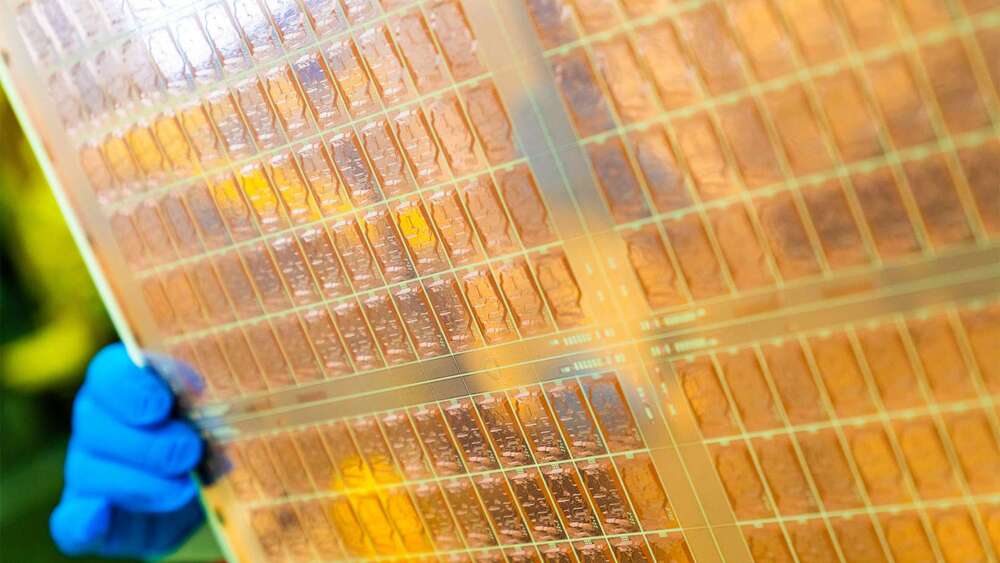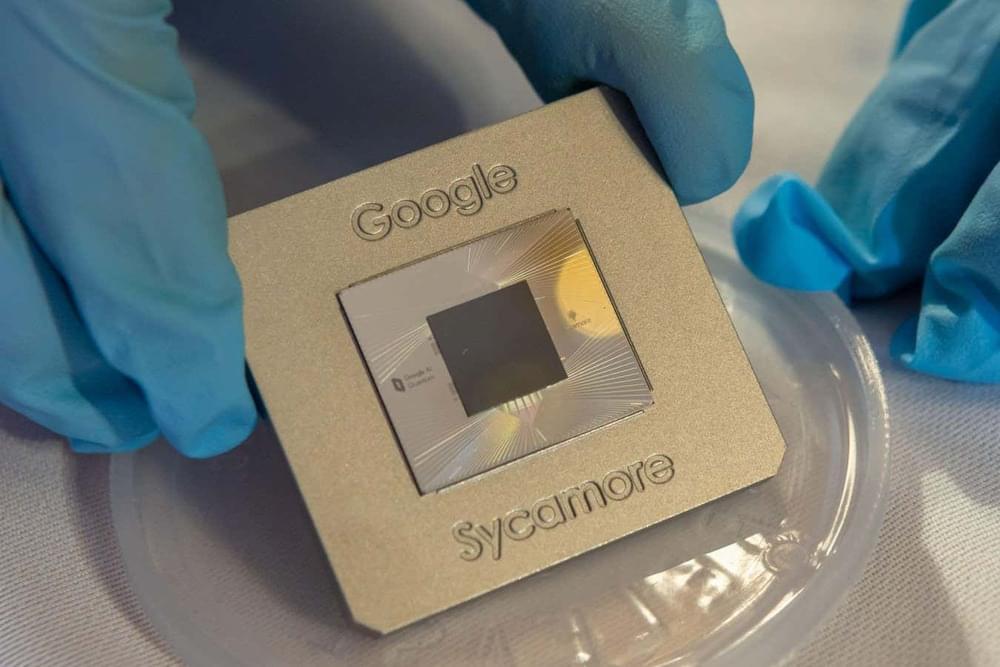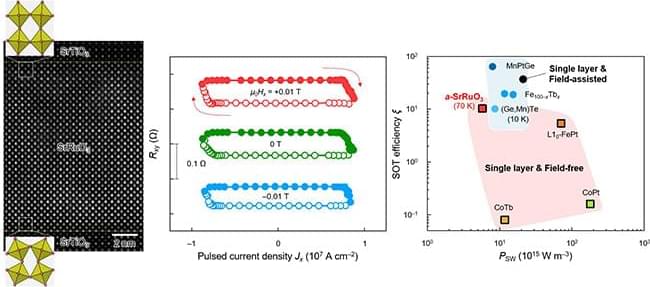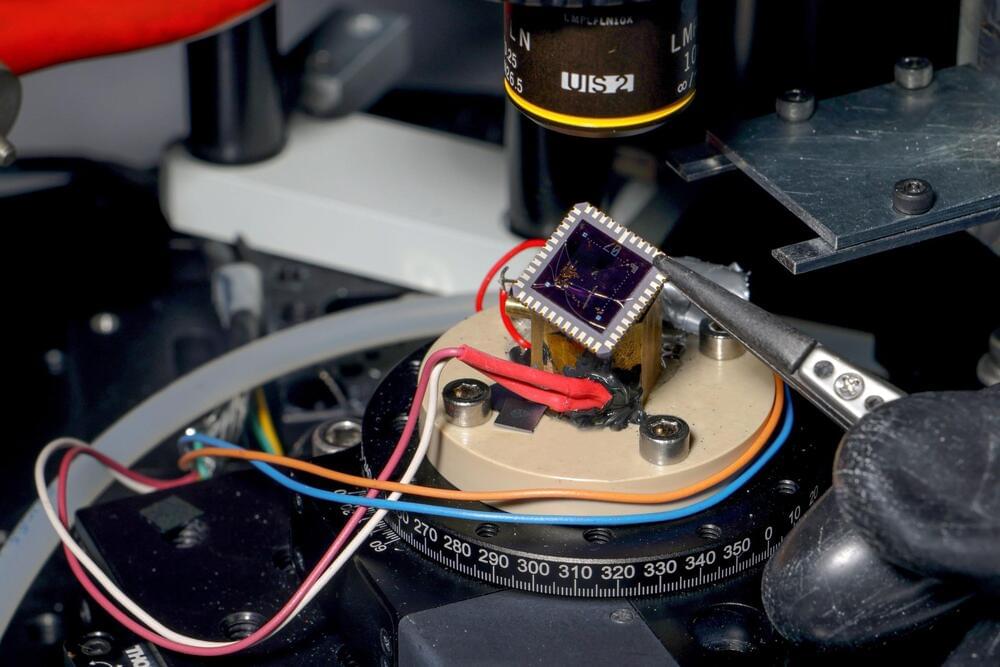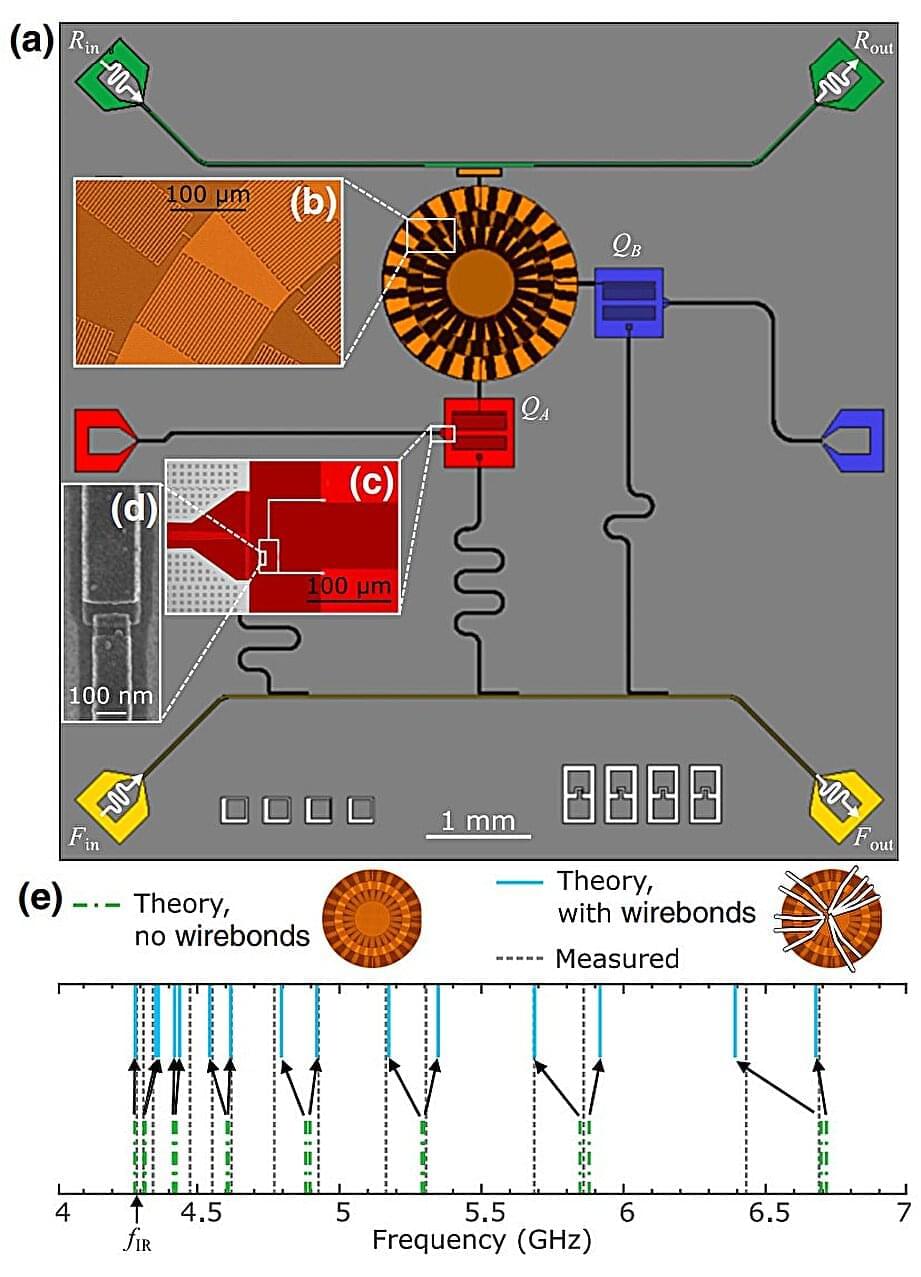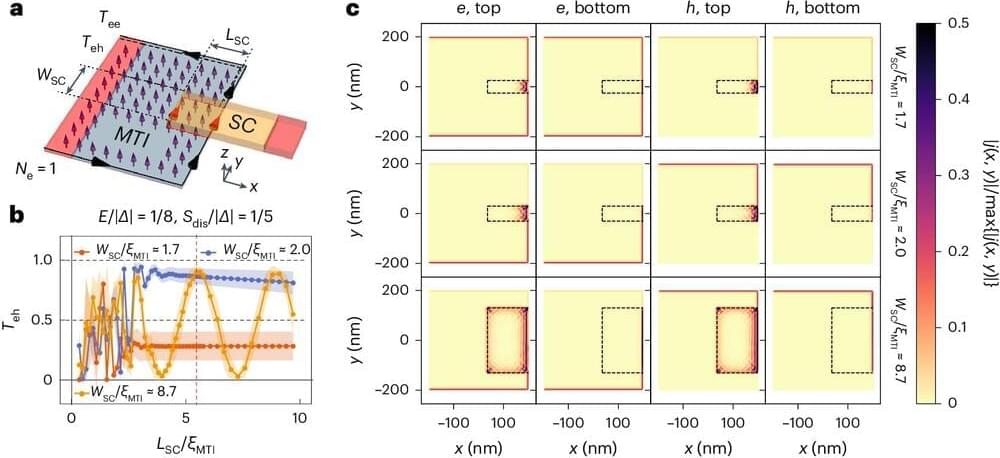The Omega Point cosmo-teleology emerges from the intersection of quantum cosmology, teleology, and complex systems theory. Originally conceptualized by French philosopher Pierre Teilhard de Chardin, the Omega Point envisions the universe evolving towards a state of maximum complexity and consciousness (Teilhard de Chardin, 1955). Such a state represents the ultimate goal and culmination of cosmic evolution, wherein the convergence of mind and matter leads to a unified superintelligence.
The Omega Point theory postulates that the universe’s evolution is directed towards increasing complexity and consciousness, a teleological process with a purposeful end goal (Teilhard de Chardin, 1955). The concept was further refined by physicists and cosmologists, including John David Garcia (Garcia, 1996), Paolo Soleri (Soleri, 2001), Terence McKenna (McKenna, 1991), Frank Tipler (Tipler, 1994), and Andrew Strominger (Strominger, 2016).
A complementary perspective to the Omega Point theory is found in the Holographic Principle, which posits that all information within our universe is encoded on its boundary. Such an idea suggests our three-dimensional reality is a projection from this two-dimensional surface (Bekenstein, 2003). In the holographic universe, everything we perceive is a reflection of data encoded at the cosmic edge, which could imply that our entire universe resides within a black hole of a larger universe (Susskind, 1995). This perspective aligns with the concept of maximum informational density at the Omega Point and highlights the profound interconnectedness of all phenomena, blurring the boundaries between mind, matter, and the cosmos into a singular, computational entity.
